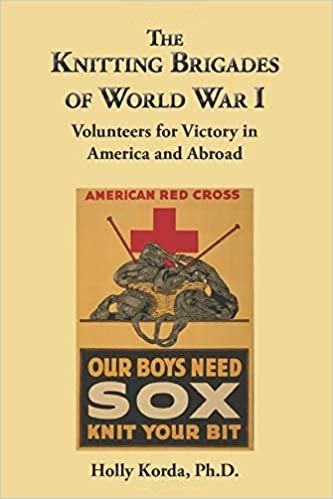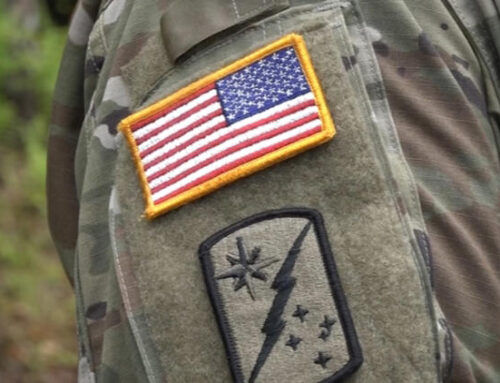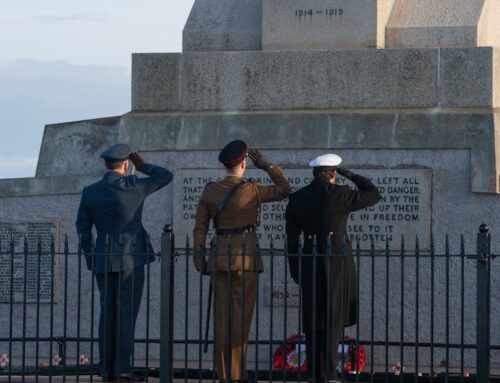Stateside Knitting Brigades
Published: 31 August 2022

41ecqy8p5oL._SX331_BO1204203200_
By Tammy Wells
via the Portland Press Herald newspaper (OR) web site
Americans pause today to honor military veterans on this 103rd anniversary of the Nov. 11, 1918, Armistice that ended World War I, and to remember American veterans of all wars.
America entered World War I, into the fighting that had been raging in Europe since 1914, in April 1917. By the time the battlefields fell silent, more than 53,000 U.S. troops had been killed in action, and more than 63,000 died of non-combat related reasons, mainly due to the influenza pandemic of 1918, according to the online Library of Congress website. More than 204,000 were wounded.
While the troops were off fighting, those on the home front, from the very young to the elderly, pitched in to help support the soldiers and the war effort.
One of those efforts was knitting socks, bandages, and other garments for those fighting overseas, said Holly Korda.
The troops, said Korda, who learned about World War I knitting brigades in a conversation with her grandmother some years ago, were ill clothed for fighting. The boots they were issued were poor quality and their kit contained just two pairs of socks. Keeping feet warm and dry was essential to troop health and so the American Red Cross, one of the few agencies with a national reach at the time, organized people to knit for the troops.
Korda, who went on to write ‘The Knitting Brigades of World War I, Volunteers for Victory in America and Abroad,” said she remembered her grandmother knitting, but had not known about the brigades until she mentioned she had taken part as an 11-year-old schoolgirl, when the Red Cross taught people young and old to knit.
“She was so proud,” said Korda.
The knitting brigades sparked Korda’s interest, and she began researching the phenomenon, which according to her book, saw Americans transform more than 15 million pounds of wool into essential garments.
More than 24 million articles of clothing and 300 million surgical dressings were produced by home knitters, she learned.
A full 10 percent of the garments knit for the war effort were made by children.
The rallying cry on the home front was “wool will win the war.”
Knitting patterns were published in local newspapers.
According to her book, President Woodrow Wilson’s White House lawn hosted its own flock of sheep and auctioned their wool for the war effort, and there was a week-long knitting bee in New York’s Central Park.
Read the entire article on the Portland Press Herald web site here:
External Web Site Notice: This page contains information directly presented from an external source. The terms and conditions of this page may not be the same as those of this website. Click here to read the full disclaimer notice for external web sites. Thank you.



